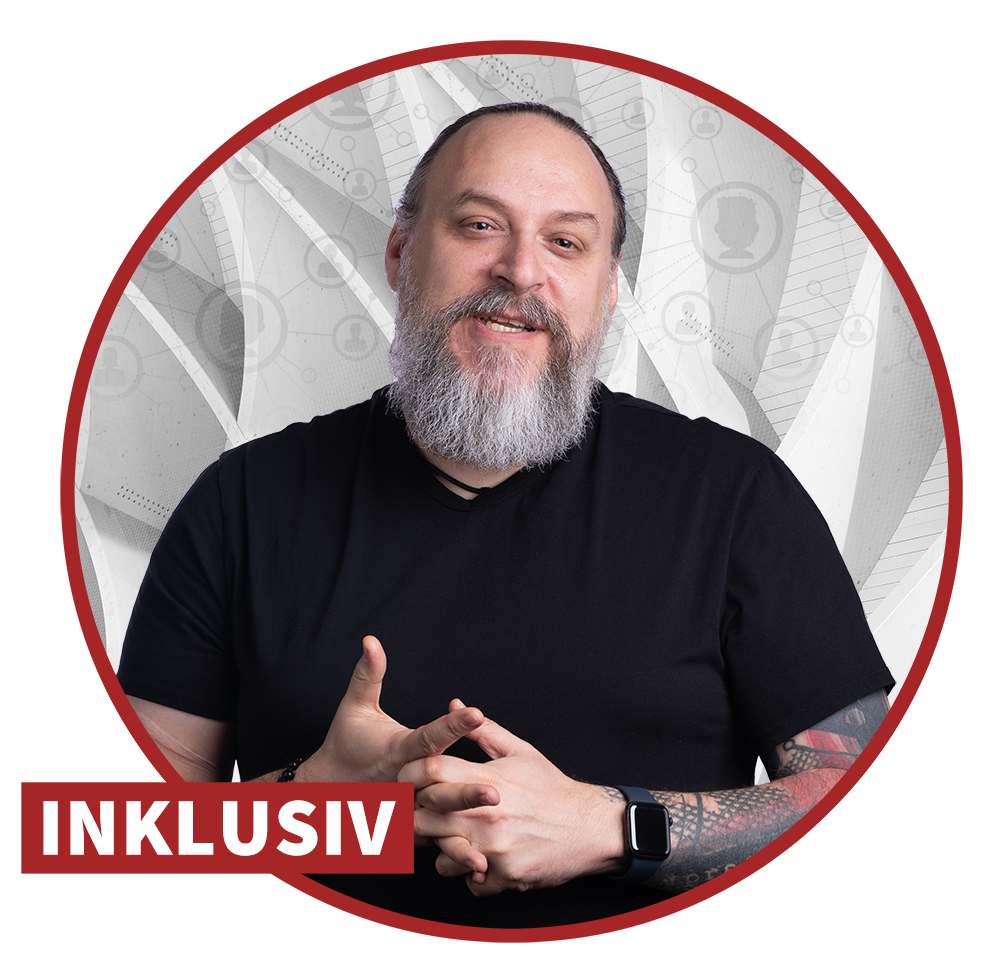Your audience is much more diverse than you think
If you’ve been reading some of these posts for a while, you’re already pretty clear about the fact that our audiences are always much more diverse than we think. As an example, most people may be comfortable with eye contact, as it helps them assimilate the information being shared. But as I mentioned in my previous post, others like myself will have a much harder time assimilating information when too much eye contact is involved, as it causes them to become uncomfortable, distracted, or lose focus. Other people simply don’t feel the need to look at you to understand what you’re telling them!
Point is that we’re all different and recognizing that fact is the first step on the path to becoming a more inclusive professional communicator. Different, not only because of skin colour, culture, gender, upbringing, creed, nationality, beliefs, the type of music we like to listen to, or the food we like best. Different because of how our brain works, and how we assimilate information.
In the world of visual or interactive design, there’s a common agreement that designers should never forget that “they are not their users”. What that means is that, as designers, they should never lose focus of the fact that not everybody thinks like them, acts like them, or understands things the way that they do. Therefore, what might seem obvious, predictable, or intuitive to a designer may not at all feel that way for someone else who doesn’t share the same set of experiences. This explains why you might struggle with a few websites, every now and then…
Successful designers are not great at what they do because they’re amazing at creating beautiful, engaging interfaces. They’re successful because they understand that in order to create a design that resonates with everyone, one has to acknowledge diversity. By welcoming and designing for different points of view and perspectives, they create systems that are more likely to appeal to everyone.
They understand that the best way to create a design that is inclusive of everyone is to abandon the idea that design can even adhere to a one-size-fits-all approach in the first place. Like Daniels, whom I’ve talked about in a recent post about the Flaw of Averages, they embrace the idea that there’s no such thing as an average user. They design for extreme cases instead, with the firm conviction that by doing so, the middle of their bell curve will take care of itself.
We can learn a lot from that mindset as speakers and trainers.
Applying this inclusive approach to speaking
Our audience, too, is much more diverse than we think. Speakers who create and deliver content based on what THEY feel is interesting or relevant, fail to acknowledge that undeniable diversity. They normalize their own preferences and unconscious biases, and turn them into universal truths for everyone else in their audience. That can only lead to disaster for some of those folks.
It shouldn’t come as a surprise that your audience members have their own sets of beliefs, their own views, opinions, expectations, and preferences. They, too, have their own unconscious biases as well. Those may or may not conflict with yours, as a professional communicator.
Like inexperienced designers who design only for the average users, speakers who prepare and deliver their content based on their own personal interests and preferences unknowingly adopt a one-size-fits-all approach to public speaking that potentially excludes those in the audience who do not think like them, act like them, or look like them.
And guess what happens to people who don’t happen to fit within the parameters of the average audience members? Yep, that’s right. They start to fade right in front of our very eyes. One by one. And off to Fadeout Town they go.
As speakers, we spend a lot of time crafting our message and practicing our delivery. We create these amazing speaking experiences, but the experiences are too often tailored to what we feel the average audience member expects or wants. By failing to acknowledge diversity, we often end up creating experiences that only resonate with people who think and experience the world the same way we do. Consequently, when we deliver these amazing talks, we cause some people to fade, because we end up only appealing to that limited portion of the audience that shares a lot in common with us.
As long as we remember that the audience is not an extension of ourselves, we can be on the path to inclusivity as public speakers. So go out of your way to challenge your own perspectives. Never make any assumptions about your audience members.
If you are a professional speaker, you know to do your research about that audience before you step in front of them to deliver that speech or conduct that workshop. So do your homework. Talk to some of those audience members. Ask them how you made them feel. Adopt an open, humble, and inquiring mind. Learn from them. Don’t question their feedback. Take it in, reflect and it, and learn to do better next time.
The key, after all, is to always be improving.

About Denis Boudreau
Denis Boudreau is a consultant, trainer, coach, and speaker specializing in inclusive leadership and inclusive communication. He works with leaders and executives who are no longer willing to overlook disability inclusion and want to transform their leadership approach from “inclusive-ish” to truly inclusive by championing accessibility. A Certified Professional in Web Accessibility (CPWA), Denis has trained thousands of professionals over the past two decades and has delivered hundreds of workshops worldwide in both English and French. He has helped leading brands like Netflix, Salesforce, Victoria’s Secret, and many more embed disability inclusion into their business strategies, empowering them to break down barriers and create deeper, more meaningful connections with their target audiences while also meeting legal obligations.